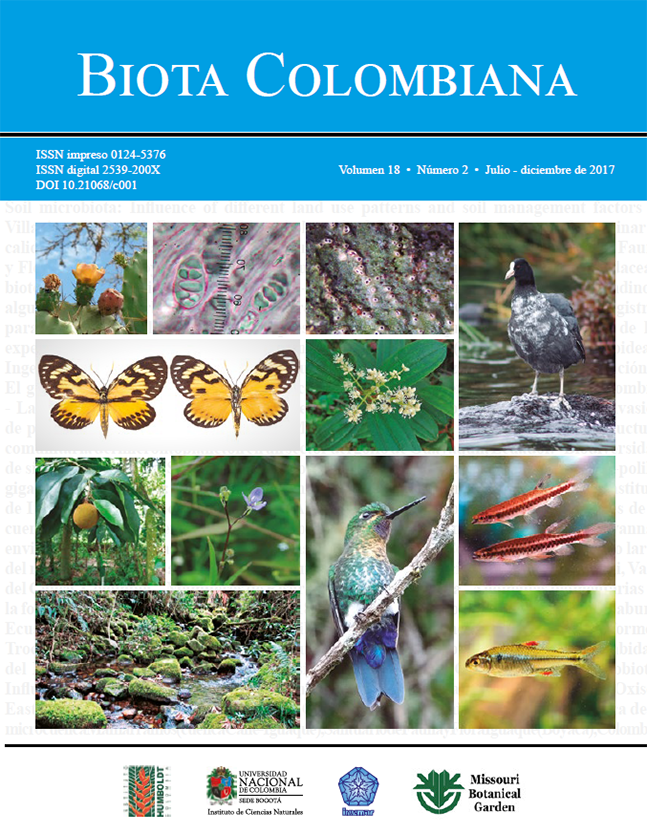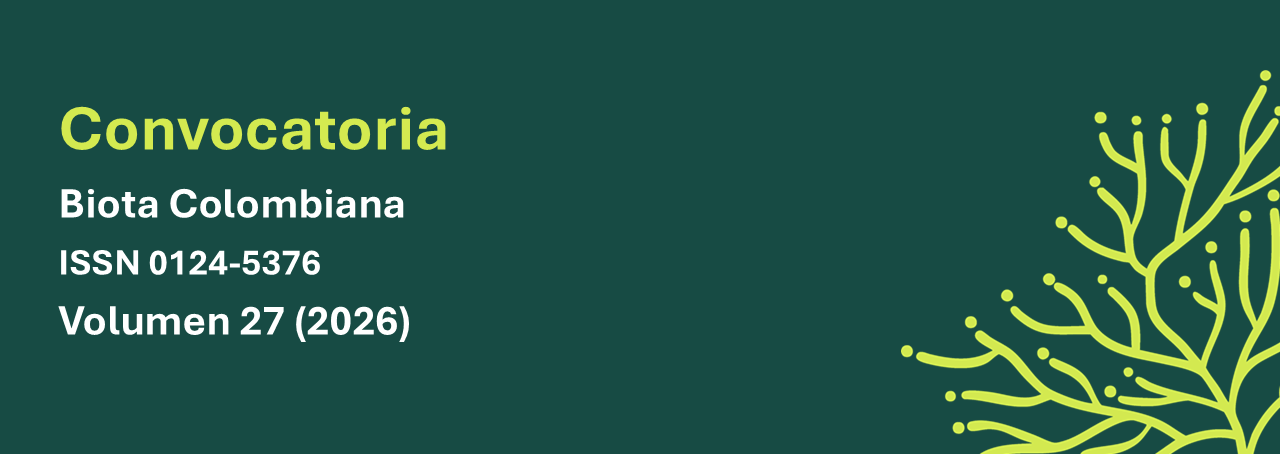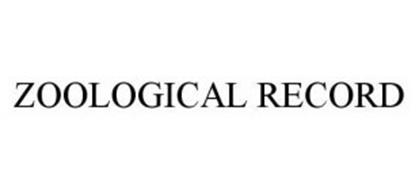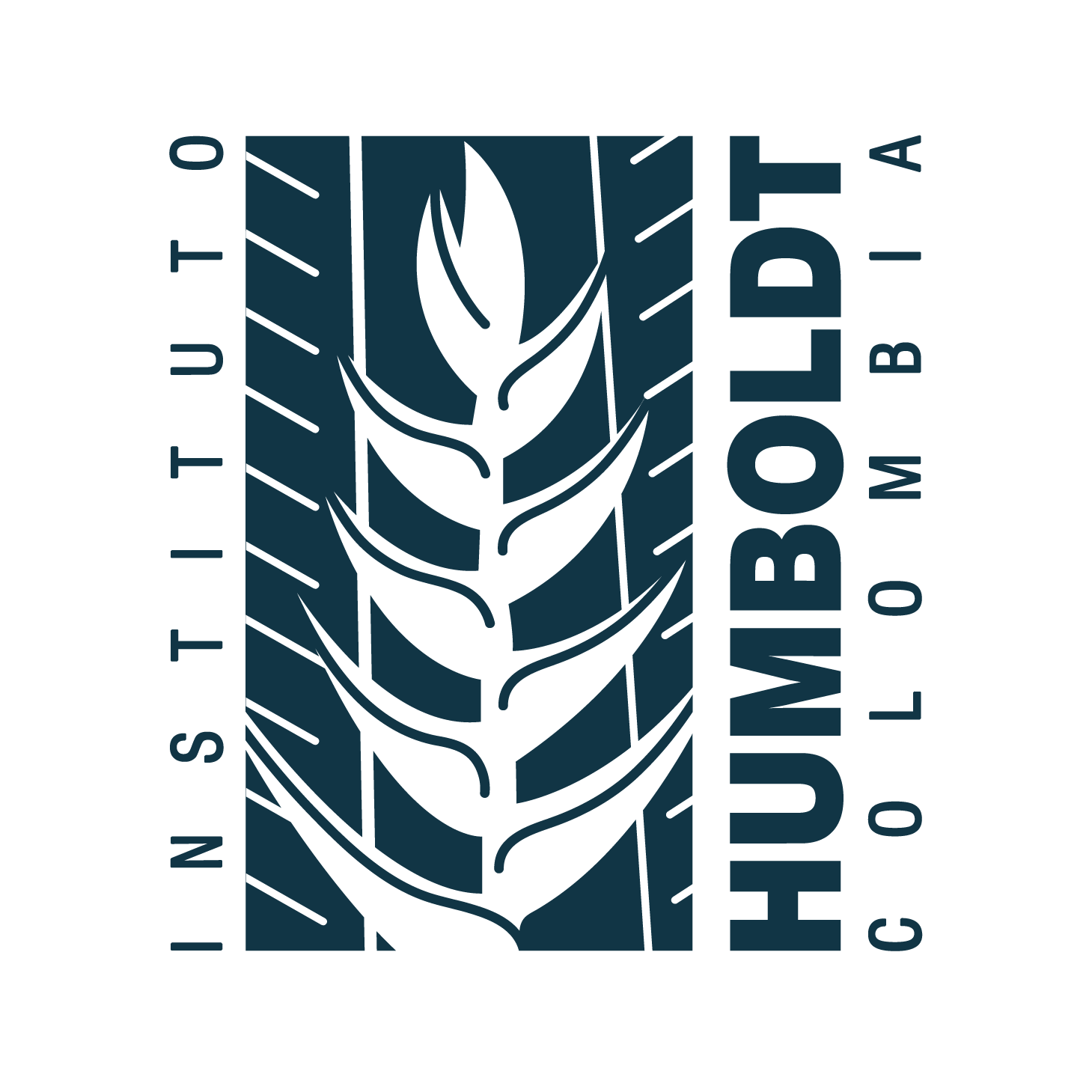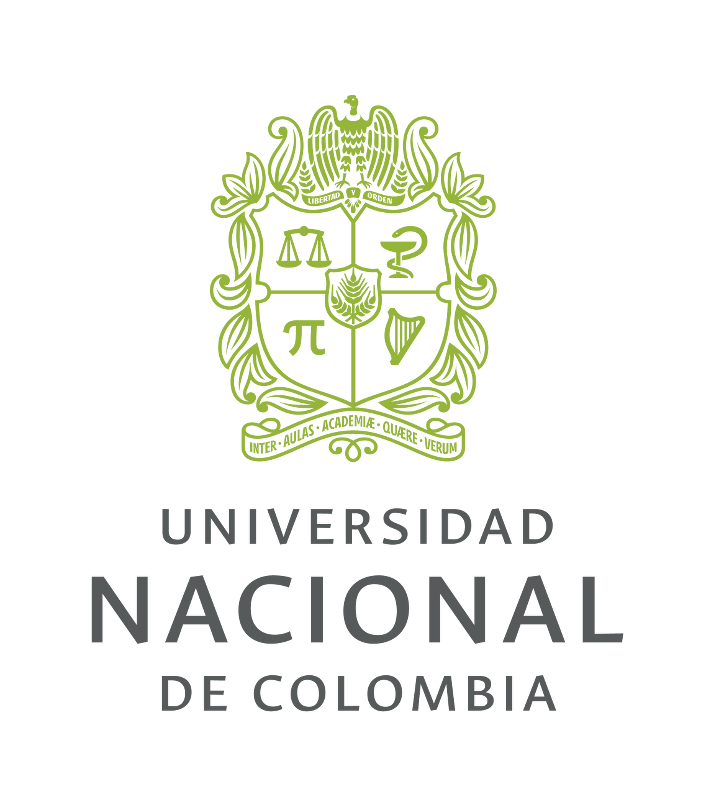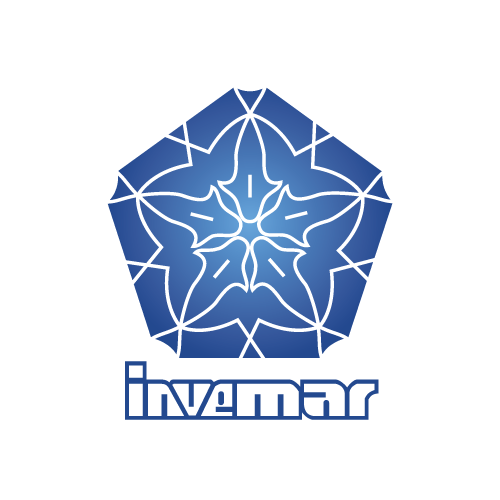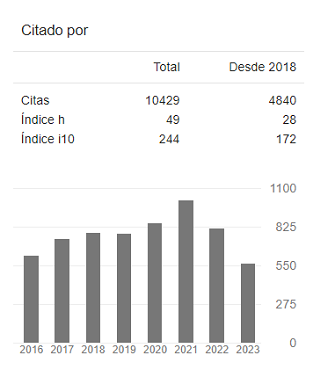Resumen (es):
El incremento urbano en zonas costeras ha conducido a la eutrofización, cuya acumulación de residuos orgánicos
ha afectado también al estuario del golfo de Guayaquil; por ello, se determinó el estado trófico utilizando el índice
Karydis, a una milla del margen costero de la provincia de El Oro, en tres zonas establecidas según la afinidad
hidrográfica. Además, se realizaron análisis multivariados para establecer la relación entre el microfitoplancton
y las variables físico-químicas. Se evidenciaron diferencias significativas en niveles tróficos y estructura
comunitaria por zonas. La zona A (canal de Jambelí), mostró mayor índice trófico, nitrato (3.8) y silicato (4.9),
con menor salinidad, oxígeno disuelto y transparencia; la zona B (área de intercambio marino-costera), con
mayor influencia oceánica, presentó valores tróficos medios (nitrato: 3.4 y silicato: 4.6) y la zona C (isla Puná),
mostró mayor salinidad y los menores índices tróficos (3.2 de nitrato y 4.3 silicato). Las especies representativas
fueron en la zona A Nitzschia longissima, Skeletonema costatum y Pseudonitzschia delicatissima; en la zona
B: P. delicatissima, Guinardia striata y Leptocylindrus danicus, y la zona C Paralia sulcata, Thalassionema
nitzschioides y S. costatum. Se determinó que el área de estudio es mesotrófica, no obstante, la zona A, presentó
el mayor nivel trófico, debido probablemente a una mayor influencia de actividades humanas.
Resumen (en):
Palabras clave:
Estuary, Eutrophication, Karydis index, Mesotrophic, Multivariate analysis (en)
Referencias
Bérnard-Therriault, L., Poulin, M., & Bossé, L. 1999. Guide d’identification du phytoplancton marin de l’estuarie et du golfe du Saint-Laurent. Incluant également certains protozoaires: Ottawa, Canada, CNRCNRC, Publication Espéciale Canadienne des Sciences Halieutiques et Aquatiques, 128. 387 pp.
Betancourt-Portela, J., Sanchez-Díaz, J., Mejía-Ladino, L., Cantera-Kintz, J. 2011. Calidad de las aguas superficiales de bahía málaga, pacífico colombiano. Acta Biológica Colombiana 16 (2):175-192.
Birk, S., Bonne, W., Borja, A., Brucet, S., Courrat, A., Poikane, S. y Hering, D. 2012. Three hundred ways to assess Europe’s surface waters: an almost complete overview of biological methods to implement the Water Framework Directive. Ecological Indicators 18: 31-41.
Borja, A. y D. M. Dauer. 2008. Assessing the environmental quality status in estuarine and coastal systems: comparing methodologies and indices. Ecological Indices 8: 331– 337.
Boyer, J., J. Fourqrean y R. Jones. 1997. Spatial characterization of water quality in Florida Bay and Whitewater Bay by multivariate analyses: zones of similar influence Estuaries 20 (4): 743-758.
Cajas, de L., D. Coello y C. Domínguez. 1998. Comunidades del fitoplancton y zooplancton en el estuario interior del Golfo de Guayaquil. En: Comportamiento temporal y espacial de las características físicas, químicas y biológicas del Golfo de Guayaquil y sus afluentes Daule y Babahoyo entre 1994-1996. Boletín Especial del Instituto Nacional de Pesca 1: 261-284.
Carlson, R. E. 1977. A trophic state index for lakes. Limnology and Oceanography 22: 361-369.
Chao, A., N. J. Gotelli, , T. C, Hsieh, E.L. Sander, K. H. Ma, R. K. Colwell, y A. M Ellison. 2014. Rarefaction and extrapolation with Hill numbers: a framework for sampling and estimation in species diversity studies. Ecological Monographs 841:45-67.
Clarke, K. R. y R. M. Warwick. 2001. Change in marine communities: An approach to statistical analyses and interpretation, 2nd ed. Primer-E, Plymouth, UK. 120 pp.
Cleve, A. 1951. Die diatomeen von Schweden and Finnland. Alqunvist and wikselle boktrycheri A.S. Stockhlm, Sweden. Couvering, J. (ed). Sheridan Press. Hanover, Pensylvania, USA. 251 pp.
Cloern, J. E. 2001. Our evolving conceptual model of the coastal eutrophication problem. Marine Ecology Progress Series 210: 223-253.
Coello, D. y M. Prado. Variabilidad del fitoplancton y microzooplancton frente a la costa ecuatoriana durante 1995- 1999. En: Características oceanográficas y pesqueras en el Ecuador durante 1994-1999. Instituto Nacional de Pesca, Boletín Especial 1: 72-108.
Cucalón, E. 1996. Primera parte: Oceanografía y sistemas físicos. En: Sistemas biofísicos en el Golfo de Guayaquil. Comisión Asesora Ambiental de la Presidencia de la República del Ecuador 1: 7-109.
Cupp, E. 1943. Marine plankton of the west North America. Bulletin Scripps Institute of Oceanography. Technical Service 5:1-238.
Day, J., Ch. Hall, M. Kemp y A. Yañez-Arancibia. 1989. Estuarine Ecology. New York. John Willey y Sons. 554 pp.
Drira, Z., J. Elloumi, W. Guermazi, M. B. Hassen, A. Hamza y H. Ayadi, 2014. Seasonal changes on planktonic diatom communities along an inshore-offshore gradient in the Gulf of Gabes Tunisia. Acta Ecologica Sinica 341:34-43.
Duarte, P., M. Macedo y L. Cancela da Fonseca. 2006. The relationship between phytoplankton diversity and community function in a coastal lagoon. Hydrobiologia 55:3-18.
Echevin, V., A. Albert, M. Lévy, M. Graco, O. Aumont, A. Piétri y G. Garric. 2014. Intraseasonal variability of nearshore productivity in the Northern Humboldt Current System: The role of coastal trapped waves. Continental Shelf Research 73: 14-30.
Egge, J. K. y D. L. Aksness. 1992. Silicate as regulating nutrient in phytoplankton competition. Marine Ecology Progress Series 832: 281-289.
Fiedler, P. y L. Talley. 2006. Hydrography of the eastern tropical Pacific: A review. Progress in Oceanography 69: 143-180.
Flynn, K. J., D. R. Clark, A. Mitra, H. Fabian, P. J. Hansen, P.
M. Glibert y C. Brownlee. 2015. Ocean acidification with de eutrophication will alter future phytoplankton growth and succession. Proceedings of the Royal Society of London B: Biological Sciences 2821804: 2014-2604.
Garmendia, M., A. Borja, J. Franco y M. Revilla. 2013. Phytoplankton composition indicators for the assessment of eutrophication in marine waters: present state and challenges within the European directives. Marine Pollution Bulletin 661: 7-16.
Gualancañay, E., M. E. Tapia y C. Naranjo. 2003. Composición y variación estacional del fitoplancton, zooplancton y microbentos, en el estuario interior del Golfo de Guayaquil. Acta Oceanográfica del Pacífico. 121: 103-128.
Guo, P. Y., H. T. Shen y J. H. Wang. 2014. Species diversity, community structure and distribution of phytoplankton in the Changjiang estuary during dry and flood periods. Journal of the Marine Biological Association of the United Kingdom 94 (03): 459-472.
Hasle, G. 1978. The inverted microscope method. En: Sournia (Ed). Phytoplankton manual. SCOR-UNESCO. París, Francia. 344 pp.
Herbeck, L. S., M. Sollich, D. Unger, M. Holmer y T. Jennerjahn. 2014. Impact of pond aquaculture effluents on seagrass performance in NE Hainan, tropical China. Marine Pollution Bulletin 85 (1): 190-203.
Herrera-Silveira, J., F. Comín, N. Aranda-Cyrerol, L. Troccoli, L. Capurro. 2004. Coastal water quality assessment in the Yucatan Peninsula: management and implications. Ocean y Coastal Management 47: 625-639.
Howarth, R., F. Chan, D. J. Conley, J. Garnier, S. C. Doney, R. Marinoy G. Billen. 2011. Coupled biogeochemical cycles: eutrophication and hypoxia in temperate estuaries and coastal marine ecosystems. Frontiers in Ecology and the Environment 91: 18-26.
INEC. 2013. Anuario estadístico 2013. Gobierno de Ecuador. 1-40.
Jiménez, R. 1983. Diatomeas y Silicoflagelados del fitoplancton del Golfo de Guayaquil. Acta Oceanográfica del Pacífico 22: 193-281.
Johnson, R. y D. Wichern. 1992. Applied multivariate statistical analysis. New Jersey. USA. Prentice-Hall Int. 3th ed. 312 pp.
Karydis, M., Ignatiades, L. y Moschopoulou, N. 1983. An Index associated with Nutrient Eutrophication inthe Marine Environment. Estuarine, Coastal and Shelf Science. 16: 339-344
Karydis, M. 1992. Scaling methods in assessing environmental quality and methodological approach to eutrophication. Environmental Monitoring Assessment 22:123–136.
Krebs, C. 1999. Ecological methodology. California: Benjamin/ Cumming. 760 pp.
Lancelot, C. y K. Muylaert. 2011. Trends in estuarine phytoplankton ecology. Treatise Estuarine and Coastal Shelf Science 7 (2): 5-15.
Legendre, P. y L. Legendre. 1998. Numerical Ecology. Amsterdam: Elsevier. 870 pp.
Livingston, R. 2003. Trophic organizaton in coastal systems. Boca Raton. Fla. CRC Press. 418 pp.
Macías, P. 1999. Condiciones hidroquímicas frente al Ecuador en el período 1995-1999. Boletín Especial INP 1: 39-71.
Medina-Gómez, I. y J. A. Herrera-Silveira. 2003. Spatial characterization of water quality in a karstic coastal lagoon without anthropogenic disturbance: A multivariate approach. Estuarine, Coastal and Shelf Science 583: 455-465.
Mitra, A., S. Zaman, S. Sett, A. K. Raha y K. Banerjee. 2014. Phytoplankton cell volume and diversity in Indian Sundarbans. International Journal of Marine Science 43: 208-215.
Molnar, N., D. T. Welsh, C. Marchand, J. Deborde y T. Meziane,
T. 2013. Impacts of shrimp farm effluent on water quality, benthic metabolism and N-dynamics in a mangrove forest (New Caledonia). Estuarine, Coastal and Shelf Science. 117: 12-21.
Muylaert, K., K. Sabbe, y W. Vyerman. 2009. Changes in phytoplankton diversity and community composition along the salinity gradient of the Schelte estuary Belgium/The Netherlands. Estuarine, Coastal and Shelf Science 82: 335–340.
Nixon, S.W. 1995. Coastal eutrophication: A definition, social causes, and future concerns. Ophelia 41: 199-220.
Officer, C. y H. Ryther. 1980. The possible importance of silicon in marine eutrophication. Marine Ecology Progress Series 3: 83-91.
Parsons, T., Y. Maita y C. Lally. 1984. A manual of chemical and biological methods of seawater analysis. Oxford Pergamon Press. 173 pp.
Pedersen, T. M., Sand-Jensen, K., Markager, S., y Nielsen, S. L. 2014. Optical changes in a eutrophic estuary during reduced nutrient loadings. Estuaries and Coasts 37 (4): 880-892.
Prado, M., L. Troccoli y E. Moncayo. 2015. Cambios estructurales del microfitoplancton en la zona costera de la provincia El Oro- Ecuador en temporada seca. Boletín del Instituto Oceanográfico de Venezuela 54 (2): 139-152.
Sawabini, A. M., Schlezinger, D. R., Sundermeyer, M. A., y Howes,
B. L. 2015. Regional forcing by light on dissolved oxygen levels in shallow temperate estuaries. Estuaries and Coasts 38 (3): 1062-1076.
Sheskin, D. 2004. Parametric and nonparametric statistical procedures. Boca Raton. Fla. Chapman y Hall. 423 pp.
Schiller, J. 1971. Dinoflagellate (Peridinae) in monographischer Behandlung. 2 Teil. Kriptogamen-Flora von Deutschland, Osterreich und der Schweiz. Reprint by Johnson Repr. Corp. New York. 316 pp.
Silva, N., Rojas, N. y Fedele, A. 2009. Water masses in the Humboldt Current System: Properties, distribution, and the nitrate deficit as a chemical water mass tracer for Equatorial Subsurface Water off Chile. Deep Sea Research Part II: Topical Studies in Oceanography 56 (16): 1004-1020.
Tapia-Gonzalez, F., J. Herrera-Silveira y L. Aguirre-Macedo. 2008. Water quality variability and eutrophic trends in karstic tropical coastal lagoons of the Yucatan Peninsula. Estuarine, Coastal and Shelf Science 76: 418-430.
Tas, S., I. N. Yilmaz, E. Okus. 2009. Phytoplankton as an indicator of improving water quality in the Golden Horn Estuary. Estuaries and Coasts 32 (6): 1205-1224.
ter Braak, C. y P. Verdonschot. 1995. Canonical Correspondence Analysis and related multivariate methods in aquatic ecology. Aquatic Science 57: 255–289.
Tomas, C. 1997. Identifying marine diatoms and dinoflagellates. Academic Press, New York, USA. 265 pp.
Tsirtsis, G. y M. Karydis. 1998. Evaluation of phytoplankton community indices for detecting eutrophic trends in the marine environment. Environmental Monitoring Assessment 50: 255–269.
Turcios, A. E. y J. Papenbrock. 2014. Sustainable treatment of aquaculture effluents -what can we learn from the past for the future? Sustainability 6 (2): 836-856.
Twilley, R. R., W. Cárdenas, V. H. Rivera-Monroy, J. Espinoza,
R. Suescum, M. M. Armijos y L. Solórzano. 2001. The Gulf of Guayaquil and the Guayas river estuary, Ecuador. Pp. 245-263. In: Coastal Marine Ecosystems of Latin America. Springer Berlin Heidelberg.
Van-Chu, T., Torreton, J. P., Mari, X., Nguyen, H. M. T., Pham, K. T., Bouvier, T y Rochelle-Newall, E. 2014. Nutrient ratios and the complex structure of phytoplankton communities in a highly turbid estuary of Southeast Asia. Environmental monitoring and assessment. 186(12): 8555-8572.
Vollenweider, R. A. 1992. Coastal marine eutrophication: principles and control. In: Vollenweider, R. A., R. Marchetti, R. Viviani (Eds). Marine Coastal Eutrophication. The Response of Marine Transitional Systems to Human Impact: Problems and Perspectives Coastal Eutrophication. Problems and Perspectives for Restoration. Science of the Total Environment Supplement.
Wasmund, N., G. Naush y R. Feistel. 2013. Silicate consumption: an indicator for long-term trends in spring diatom development in the Baltic Sea. Journal of Plankton Research 35 (2): 393-406.
Zar, J. 1996. Biostatistical Analysis. Prentice Hall. New Jersey. USA.940 pp.
Cómo citar
Las obras publicadas en las revistas del Instituto de Investigación de Recursos Biológicos Alexander von Humboldt están sujetas a los siguientes términos, con relación al derecho de autor:
1. Los derechos patrimoniales de las obras publicadas tienen como titular al Instituto de Investigación de Recursos Biológicos Alexander von Humboldt. Los autores o las instituciones que elaboran el documento aceptan ceder los derechos patrimoniales al Instituto Humboldt con el envío de sus artículos, lo que permite –entre otras cosas– la reproducción, comunicación pública, difusión y divulgación de las obras.
2. Las obras de ediciones digitales se publican bajo una licencia de Creative Commons Colombia:
Esta obra está bajo una Licencia Creative Commons Atribución-NoComercial-SinDerivar 4.0 Internacional.
Atribución – No comercial – Sin Derivar: Esta licencia es la más restrictiva de las seis licencias principales, sólo permite que otros puedan descargar las obras y compartirlas con otras personas, siempre que se reconozca su autoría, pero no se pueden cambiar de ninguna manera ni se pueden utilizar comercialmente.
3. Los autores, al someter artículos al proceso editorial de las revistas editadas por el Instituto Humboldt, aceptan las disposiciones institucionales sobre derechos de autor y acceso abierto.
4. Todos los artículos recibidos serán sometidos a un software antiplagio. El sometimiento de un artículo a las revistas del Instituto Humboldt se entiende como la aceptación de la revisión para detectar posible plagio.
5. Las obras sometidas al proceso de edición de las revistas del Instituto Humboldt deben ser inéditas.

